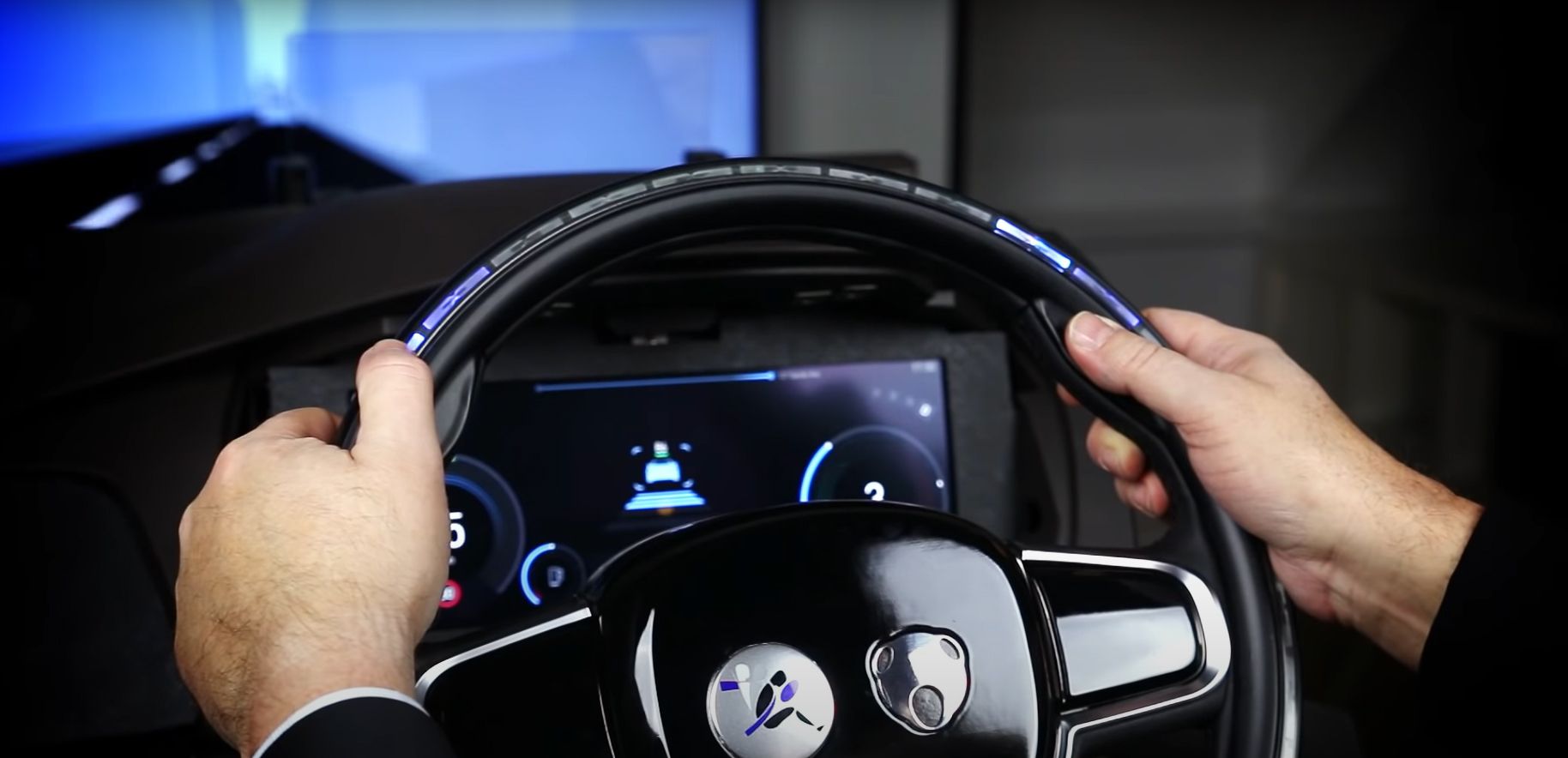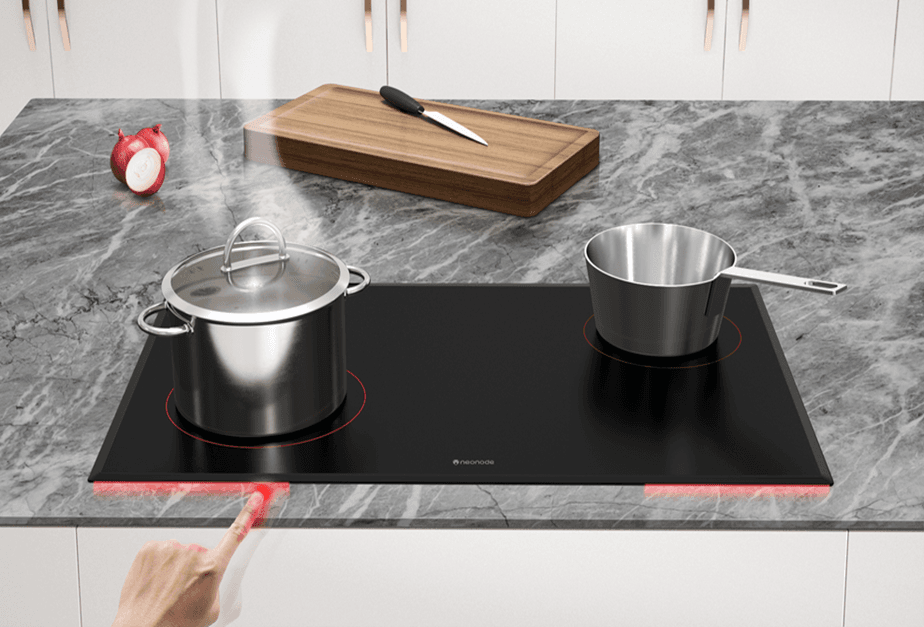Cookie 设置

时间汇聚:后数字时代的非接触式触摸
不久前还停留在科幻领域的技术,如今已成为我们日常生活的一部分。人工智能、机器学习、VR 和全息影像都证明了人类的创新本性。但如果把它们与非接触式技术结合起来,会发生什么呢?
技术融合并不是什么新鲜事,但它却非常强大。用手机浏览网页、蓝牙扬声器和视频流服务都是无处不在的例子,它们定义了整整一代人。
在全球大流行之后,我们使用新技术的意愿不断高涨也就不足为奇了,尤其是当新技术能让日常互动更加顺畅和安全时。A 研究凯捷研究公司的一项研究发现,四分之三的客户预计,即使在 COVID "之后",包括语音助手和面部识别技术在内的非接触式界面的使用也会增加。对于旨在提供面向未来的客户体验的公司来说,情境感知人工智能用例也被视为一项关键投资。
非接触式触摸技术大有可为。十多年来,科技大亨们一直在投资这项技术 十多年来为了实现更高水平的互联互通,并尽可能消除身体和心理上的摩擦,各种技术必须协同工作,为每个人创造美好的体验。
那么,这些技术如何才能相辅相成呢? 非接触式触摸填补哪些空白?(剧透:有几个)。
微笑服务 2.0
近年来,许多触摸屏和自助点餐机都采用了非触摸式,不仅提高了卫生水平,还 提高销售额.现在,它们正在进一步升级。以 菜单娱乐为例。他们的人工智能售货亭拥有七种语言的语音点单识别功能,并利用面部识别功能识别回头客并记住个人喜好。通过融合非接触式触摸、手势控制和语音识别,即使是语言或听力有障碍的人也能轻松下单。Menutainment 的自助服务终端甚至可以识别手语。
Menutainment 公司首席执行官凯文-贝西(Kevin Bessy)认为,找到将互补技术结合起来的新方法将为后数字世界奠定基础:在这个世界里,技术几乎与我们日常生活的每一部分无缝结合。
"人们对我们的信息亭的兴趣正在迅速增长,它有许多不同的应用和使用案例。由于各个领域的飞跃发展,例如在自然语言处理方面,人们可以与越来越智能化的虚拟化身进行互动,无论是在体育场、餐厅还是酒店,虚拟化身都可以帮助引导人们完成客户体验。非接触式触摸技术增加了一个新的层面,使这些互动更加顺畅,同时也提高了可及性和卫生性。
目视前方
汽车行业一直是创新的温床,而车载体验也在不断发展。行业领导者正在为更直观的人车互动和自动驾驶奠定基础。
Autoliv作为汽车安全领域的全球领导者,Autoliv 与 Neonode 紧密合作,开发出世界上第一个 智能方向盘该方向盘可响应驾驶员的指令,而无需将手从方向盘上移开或使用机械开关。利用人工智能、机器学习和光学触摸传感器的组合,汽车向驾驶员发送信息,方向盘通过微妙的光基视觉队列做出响应,驾驶员只需轻点或轻划方向盘,即使戴着手套也能做出反应。有了上下文信息,方向盘就能让驾驶员执行接听来电、控制娱乐系统甚至控制车辆加速等功能。如果驾驶员的手离开方向盘,它还会立即启动自动驾驶功能。
舱内监控可与这些解决方案集成,进一步提高安全性。利用先进的传感器和人工智能的结合,可以实时跟踪车内发生的情况,并捕捉关键信息,例如驾驶员是否打瞌睡或分心。从这两项技术中收集到的数据不仅可以提高驾驶员的安全性,还可以作为非常宝贵的资产,为未来的汽车设计和产品开发提供依据。
更安全的手术
高效、有效的医疗保健系统的重要性从未像现在这样明显,因此该行业正在寻找新的创新方法来提高卫生水平和简化流程也就不足为奇了。
Neonode 与多家医院设备医疗技术制造商合作。结合 Neonode 触摸传感器模块与医疗级显示器相结合,就无需触摸可能不卫生的表面,是床边监控、实验室甚至手术室的完美解决方案。该解决方案适用于任何输入方式(包括手术手套),使外科医生能够更轻松、更安全地与医疗显示器进行交互,并使他们能够更好地控制手术室。
在其他高接触点,例如门把手、自动售货机和值机柜台,非接触式触摸也能为弱势患者创造巨大价值。
在职
有些人迫不及待地想回到办公室,但是,COVID 之后还会是这样吗?我们希望不会。随着我们对办公室生活传统观念的重新评估,灵活性、安全性和保障性正日益成为组织机构的首要考虑因素。根据 2021 年的一项研究68%的首席执行官计划对数据和技术进行重大投资,以提升员工在办公室内外的体验和满意度。
在这个洗手已成为第二天性的世界里,这种体验的一部分将涉及管理员工拥堵和创造更多的非接触式体验。以电梯为例。有了非接触式触摸技术,员工只需将手指放在想要乘坐的楼层上,就可以呼叫电梯。但将非接触式触摸与 遥感技术?这样,电梯就能自动考虑到目前有多少人在乘坐,如果电梯有爆满的危险,就会自动绕过下几层,直到有人下车。这样一来,办公室不仅更高效、更卫生,而且还能让人心情愉悦。
甜蜜的智能家居
随着物联网和联网设备数量的激增,说端到端智能家居是一个值得关注的市场也不为过。如今,语音助手可以做很多有用的事情,但它们的控制范围并不总能延伸到关键电器--有时沉默是金(尤其是当你有一个两岁的孩子躺在床上时)。非接触式触控技术是一项非常出色的辅助技术,尤其是在白色家电方面。只需挥挥手,就能冲洗马桶、控制烤箱、洗衣机甚至淋浴,为未来的居所增添了一份美好的 "触感"。

汇聚、合作、吸引。
现在是技术开始适应我们的时候了,而不是相反。显然,非接触式触摸技术可以与大量技术相结合,创造出更舒适、更安全的现实,而不会让任何人掉队。能够提供相关的人性化体验的企业不仅能 提高客户满意度更安全、更快乐的世界。
了解更多
在 Neonode,我们是提供 非接触式触摸技术已在全球 8000 多万件产品中得到应用。了解更多有关我们全系列 世界领先的解决方案.